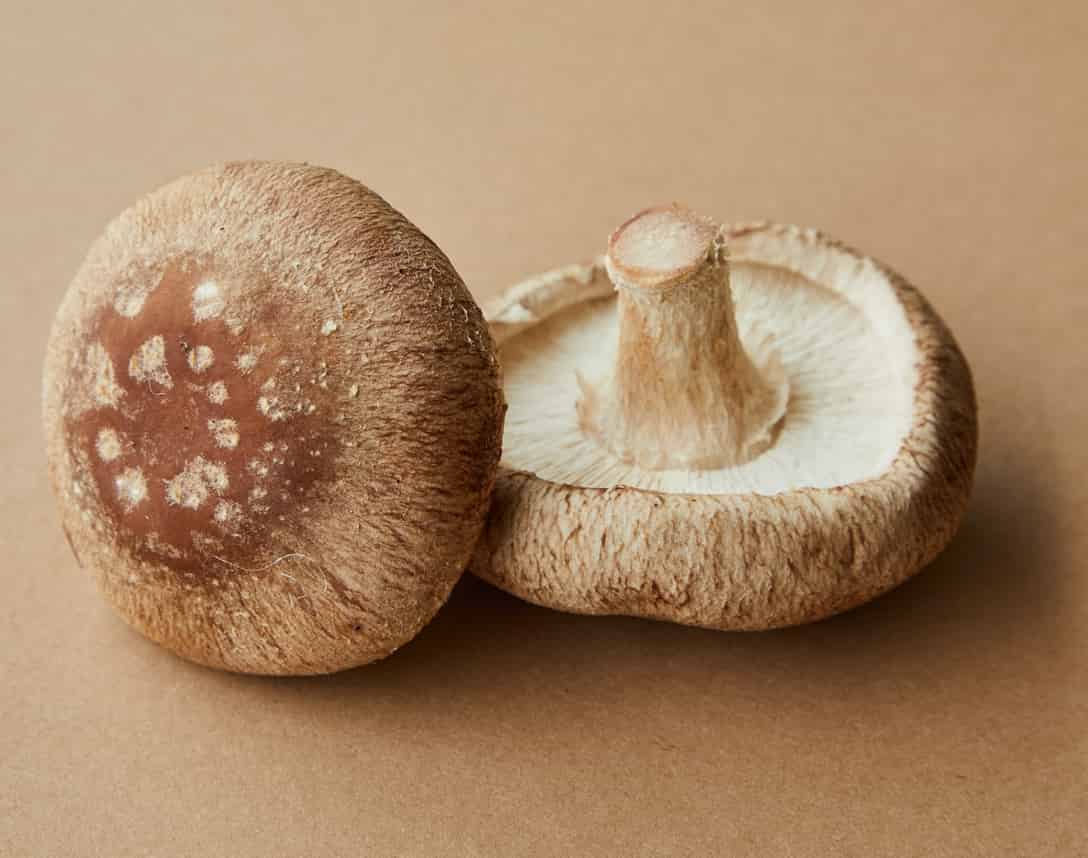For those looking for a unique “plant” to grow mushrooms are quite the interesting choice. Prized for their culinary uses, mushrooms are packed with nutrients and have even been shown to promote healthy brain function. Mushrooms are also interesting in that they grow in environments that other plants don’t; that’s to say that mushrooms like it cool, damp, and dark. If you’re looking to add a unique and edible plant to your garden then read on and learn how to start growing mushrooms indoors.
Common Types
There are dozens of different mushrooms that you could potentially grow, so the first step is determining which to start with. Many mushrooms have different flavor profiles and work better in different dishes, so pick one that fits your style the best. A couple popular ones include:
Shiitake: Native to east asian, shiitake mushrooms are used in a wide range of dishes. They can be quite expensive, so growing them yourself is an excellent way to save money.
White Button: One of the most popular varieties, and also one that’s very easy to grow. These get their name from their shape and color; they look like little white buttons.
Oyster: Oyster mushrooms are another easy to grow and popular variety. They grow well in straw, and are easy for even beginners to grow.
These are just a few common types that fit with a variety of recipes. If none of the above suit you feel free to explore a bit more and find one that fits what you’re looking for.
Spores and Spawns
Another thing to keep in mind is the slightly different terminology you might see regarding mushrooms. While most plants will have seeds and seedlings, mushrooms have spores and spawns.
Spores are the equivalent to seeds in the plant world. You’ll often find them in a liquid solution that keeps them sterile before you wish to grow them. Spores need a substrate to grow. A substrate is any material that a mushroom will grow on including wood, compost, and manure. The type of substrate differs depending on the mushroom.
Spawn then refers to any substrate that already has mushrooms growing on it. This growth starts as a white, root-like substance called mycelium. Any substrate that has mycelium growing on it is called spawn. This mycelium is what eventually sprouts full mushrooms.
Growing Conditions
While many mushrooms might have slightly different care specifics, in general, they enjoy a few things to be consistent. While most plants like bright, sunny, and relatively warm growing locations, mushrooms enjoy just the opposite. That’s to say they like it cool, dark, and damp.
A good place to start most mushrooms is in a basement as it satisfies the main needs of a mushroom. Any similar areas will work just as well such as under a sink or even in a bathroom.
This is great for gardeners as mushrooms tend to thrive in areas that other plants won’t. This means you can often grow mushrooms without needing to use space that other plants might otherwise use.
Soil and Containers
As noted above, mushrooms don’t grow in traditional containers but instead in a substrate. This substrate can differ, and usually depends on the type of mushroom you’re growing.
Shiitake mushrooms, for example, grow best in a substrate of hardwood and sawdust. Each mushroom has its own preferred substrate, and will only grow when provided one that matches it.
Depending on the substrate, most gardeners will still have some type of container to avoid having it loose around their home. This can range from pans to standard gardening pots depending on the substrate.
Growing Mushrooms Indoors
By far the easiest method to start growing mushrooms indoors is to use a pre-made mushroom kit. These kits have all you need to start growing, and take a lot of the guesswork out. They come in a range of options, as well as a wide variety of mushroom species. For those looking for an easy way to start a kit is highly recommended. This is about the equivalent of starting with a seedling of a traditional garden plant.
For those looking for a bit more of a process, you can start with spores. Start by procuring your desired variety from a reputable seller. There are options online as well as local nurseries, always do research before buying edible mushrooms from any seller.
Next, you’ll want to prepare a growing area. Gather a container, a large pan or similar container works well, and fill it with your substrate. You can then add the spores. During the first few weeks you’ll want to keep the soil warm and moist. Water frequently, and never let the soil completely dry out.
A word of caution, always use sterile equipment when growing mushrooms. The environment that is good for mushrooms is also good for mold, and you’ll want to avoid that. Using sterilized equipment and clean gloves can help avoid any cross contamination that will ruin your crop.
Within a few weeks you should start to see white, root-like growth in your container, this is the mycelium. Once this takes over the majority of your container you can drop the temperature down to the 50-60°F range. This is the ideal temperature for most mushroom varieties after they’ve sprouted.
Many mushroom varieties will be ready to harvest within a couple of weeks. In most cases, mushrooms will release spores into their substrate and will continue to grow for several months even after being harvested. Once they stop doing so you can add more spores into the substrate and continue growing again.
Fresh, Tasty Mushrooms Grown Indoors
Mushrooms are a great project for nearly every level of gardener and great for those lacking a traditional grow space. Due to their unique needs, mushrooms can be grown in places that most plants can’t be. Have you grown mushrooms indoors? Let us know, we’d love to see your progress and what you’ve managed to harvest!







